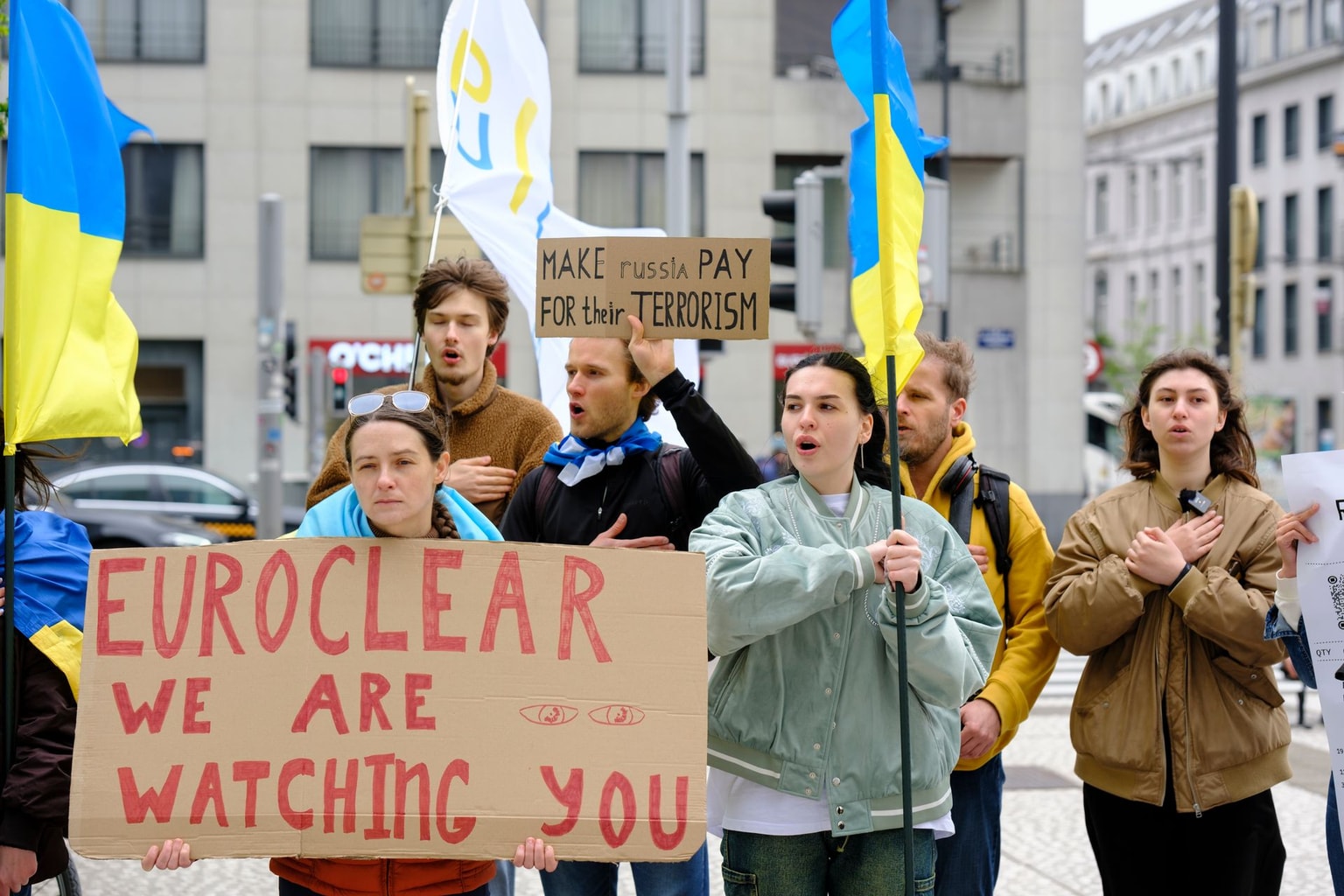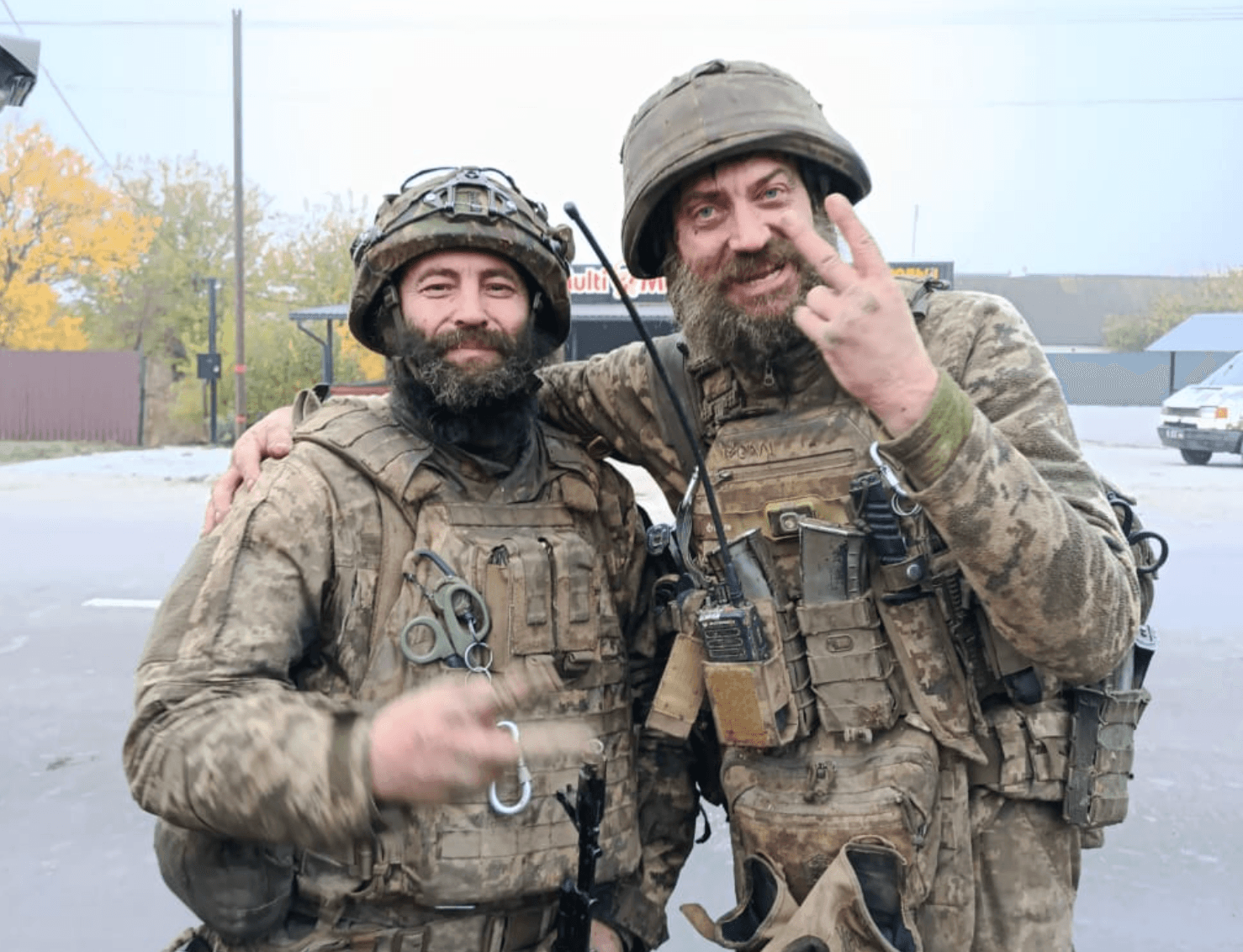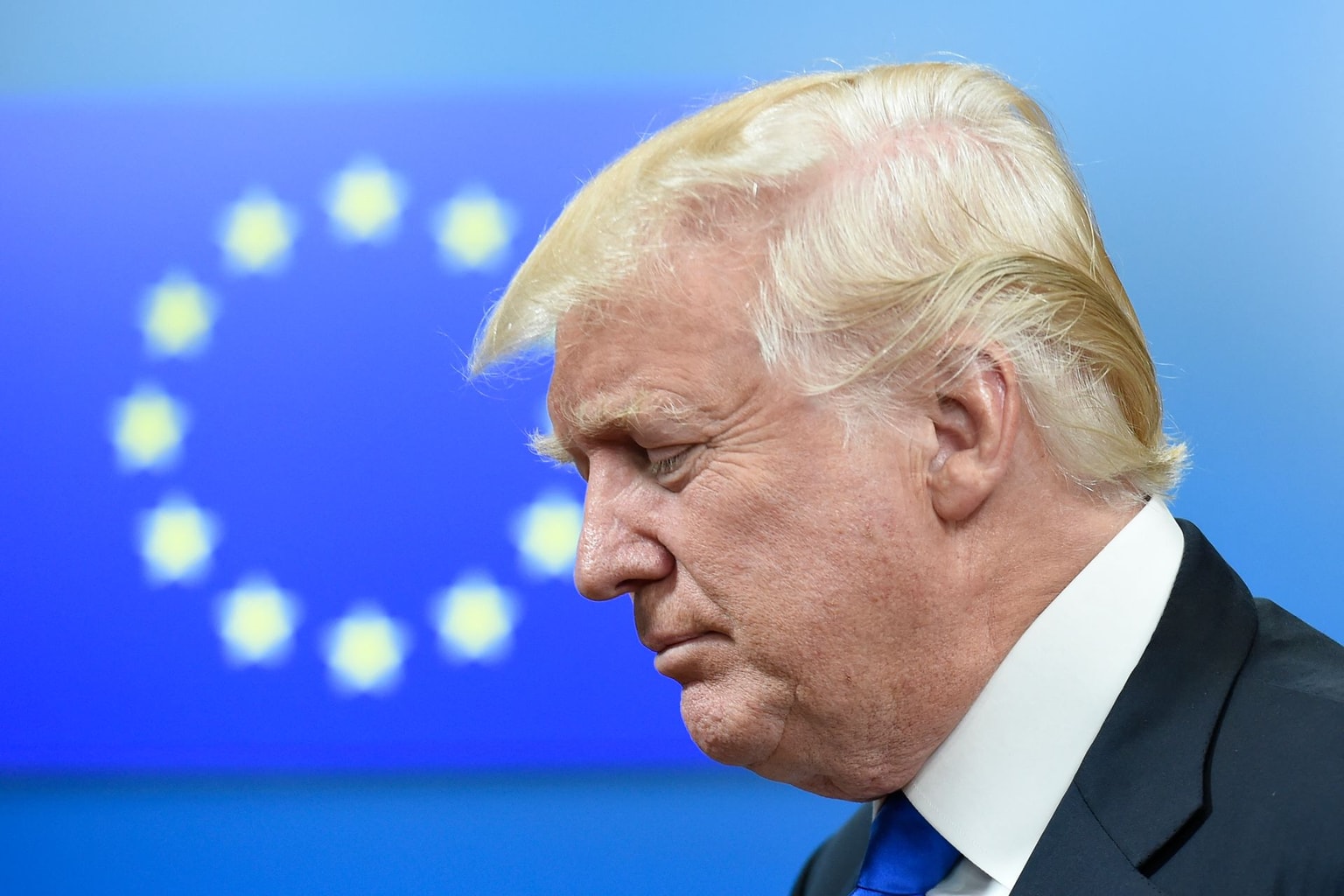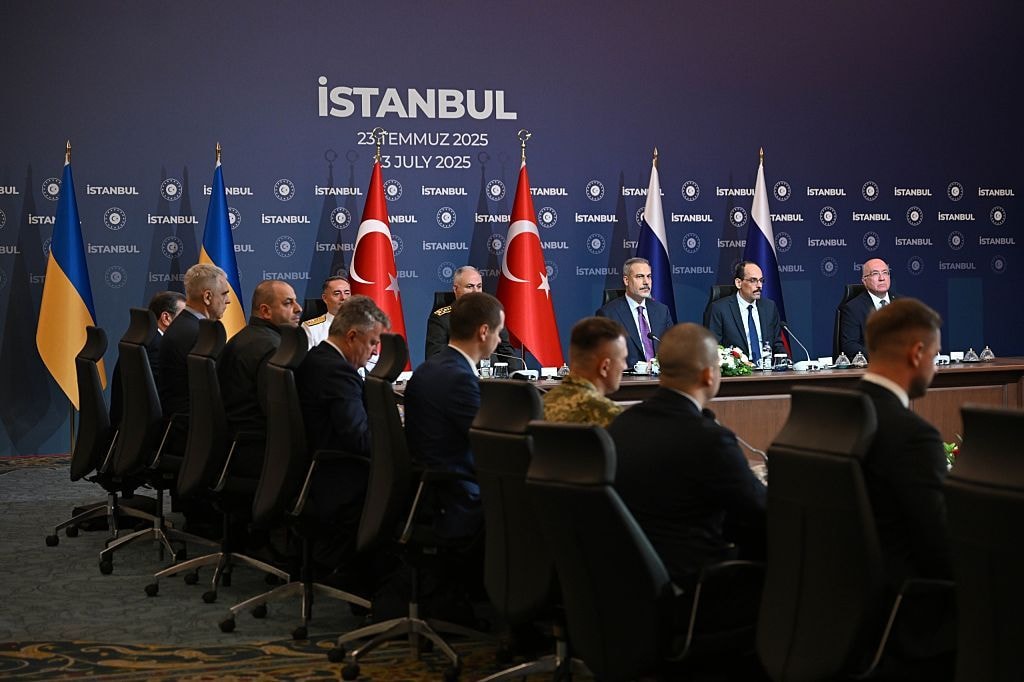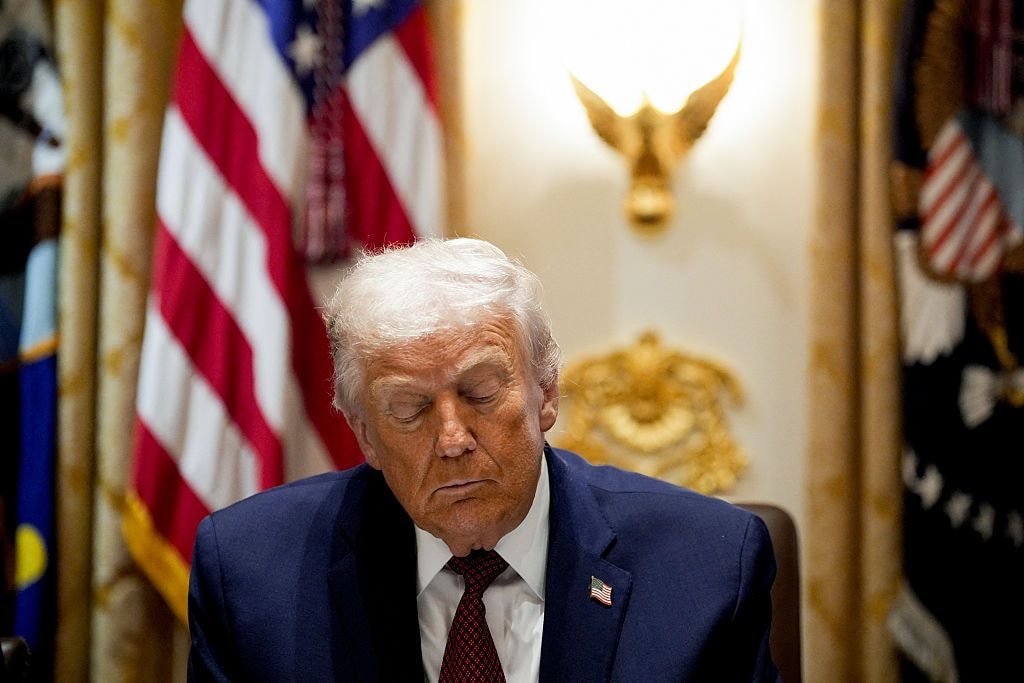IAEA says it is unable to determine cause of fire at Zaporizhzhia nuclear plant

The International Atomic Energy Agency (IAEA) said on Aug. 12 that it had been unable to determine the cause of the fire at the Zaporizhzhia Nuclear Power Plant (ZNPP) that was started a day earlier.
Ukrainian officials accused Russian forces on Aug. 11 of setting fire to "a large number of automobile tires in cooling towers" at the nuclear plant in an effort to "create panic in the settlements on the right bank of the former reservoir."
Soon after, President Vlodymyr Zelensky called on the IAEA to hold Russia accountable for the alleged provocation.
"As long as Russian terrorists retain control of the nuclear power plant, the situation is not and cannot be normal," Zelensky said in a Telegram post Aug. 11. "We are waiting for the world's reaction, waiting for the IAEA's reaction," he added.
In response to the fire, the IAEA responded on Aug. 11 that its expert witnesses were "told by ZNPP of an alleged drone attack" on a cooling tower on-site, echoing claims of a drone attack shared by Russian-installed authorities in occupied Zaporizhzhia, CNN reported.
On Aug. 12, IAEA Director General Rafael Mariano Rossi issued a statement describing damage to the cooling stations, and adding that the agency found no signs of drone debris or evidence that the fire started at the base of the cooling tower.
"The team has not been able to draw definitive conclusions on the basis of the findings and observations so far," the statement from the IAEA read. "The IAEA will continue its overall analysis after additional review and access to the water nozzle distribution level and the cold-water basin."
The IAEA added that nuclear safety at the power plant had not been affected.
"No radioactive material is present in the area of the cooling towers, which is located approximately 1.5 kilometers from the reactor units at ZNPP," the statement added.
Dnipropetrovsk Oblast Governor Serhii Lysak said that the fire had been put out in the morning of Aug. 12.
The Zaporizhzhia nuclear plant, Europe's largest nuclear power station, has been under Russian occupation since March 2022. Its position near the front line has led to heightened nuclear safety risks throughout Russia's full-scale war.



